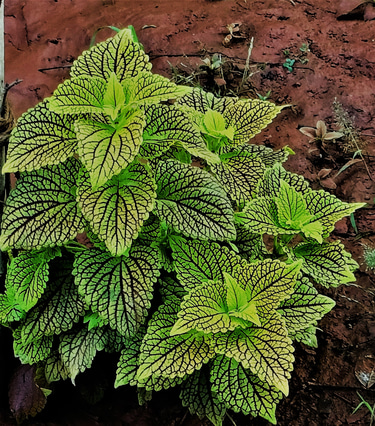Aloe vera, a pharmaceutically important plant.
Aloe vera, a succulent perennial plant known for gel, which is a poly saccharide called as Acemannan which has medicinal use in plenty. These are mainly used for topical medication against skin disorders, treating of wounds, burns. Also used widelyin cosmetics industries.
MEDICINAL PLANT
Satish Naik
6/28/20233 min read
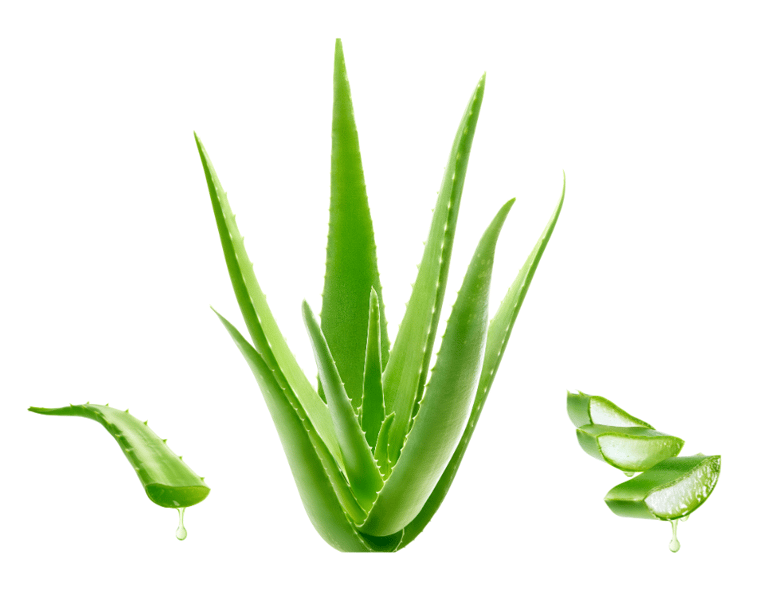

Aloe vera, A Pharmaceutically Important Plant
Aloe vera, botanically known as Aloe barbadensis miller belongs to family Liliaceae. It is a xerophytic plant which can withstand extreme dry and hot climate by storing lot of water in succulent leaves. Presence thorns at the edge of leaves are also meant for conservation of water from evaporation.
Leaves are economically usable portion of the plant. Leaves includes outer rind, middle latex layer and inner gel. Rind acts as protective layer along with performing the function of transportation of water and minerals meant for photosynthesis, then translocation of proteins and carbohydrates. Middle latex layer is known to produces yellow liquid which contains anthraquinones and glycocides.
Botany of Aloe Vera plant
Aloe vera plant does not produce true stem, but bloom stacks produced attaching to ground gives plant a rosettee shape. Plant grows up to height of 40 to 60 cm, producing succulent leaves of length 30 to 50 cm and 10 cm width, of 1.5 to 2 cm thickness. The leaves are densely crowded with thorns at the margin. Plant produces actinomorphic flowers and arranged in axillary spikes. Flowers are of color varying from yellow to orange. Perianth of the flowers are arranged in two whorls of 3 petals and 3 stamens each develop inside. Flowers are of trilocular superior ovary with axile placentation. Flowers rarely produce fertile anther to produce any viable seeds. Plants are of shallow and tubular root systems.
Medicinal importance of Aloe vera
Presence of Glucomannas, a poly saccharide and Gibberilin, a growth hormone helps in healing of wound and burn by synthesizing collagen.
Aloe vera gel, on its application , protect the skin from radiation damage. Also protect the skin from sun burn and tanning.
Aloe vera exhibits its anti inflammatory action.
Aloe vera is used in preparation of laxatives in combination of other cathartics like buckthorn, cascara, etc.
It acts as a moisturizer and anti aging agent to skin. Presence of mucopolysacchiride helps to bind moisture into skin. Presence of anti oxidants in the gel are reported to produce more of collagen and elastin fibers to keep the skin young and moisturized.
Aloe vera has antiseptic effect on skin because of presence of many antiseptic agent to have inhibitory action against Virus, Bacteria and fungus.
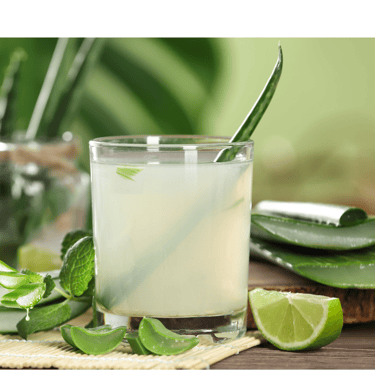
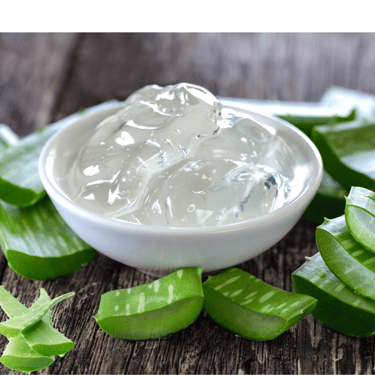
Cultivation and care of Aloe Vera plant
Soil and Climatic requirement:
Aloe vera can be grown in in any kind of soil, except highly acidic or saline or alkaline type. It prefers sandy to loamy soils with pH up to 8.5. Crop requires the proper drainage to avoid water logging.
Being a hardy crop, Aloe vera is adapted to any type of climatic conditions from warm humid to arid with annual rainfall ranging from 150-200 cm.
Planting and after care:
plants are usually propagated from root suckers and occasionally from rhizomes. Selected suckers or rhizomes are planted at the spacing of 60x30cm or 60x45cm. Go for deep planting in such a way that 2/3rd of the plating materials to be below the soil.
Before planting land should be prepared well and added with 25 t/ha of well decomposed FYM. Irrigation to be given soon after planting. Frequent watering is needed depending on soil moisture level. Land to be kept weed free and any other kind of vegetaions. In normal cases no incidences of pest and disease is observed.
Harvesting and yield :
Aloe vera is ready to harvest 8 to 9 month from planting. Here entire plants are uprooted manually or mechanically. Broken portion of rhizome left in the soil may develop into new plants. The same may be continued up to next five years and replanting is required after that. Expected yield of aloe vera on fresh weight basis is 10 to 12 tonnes per hectare.
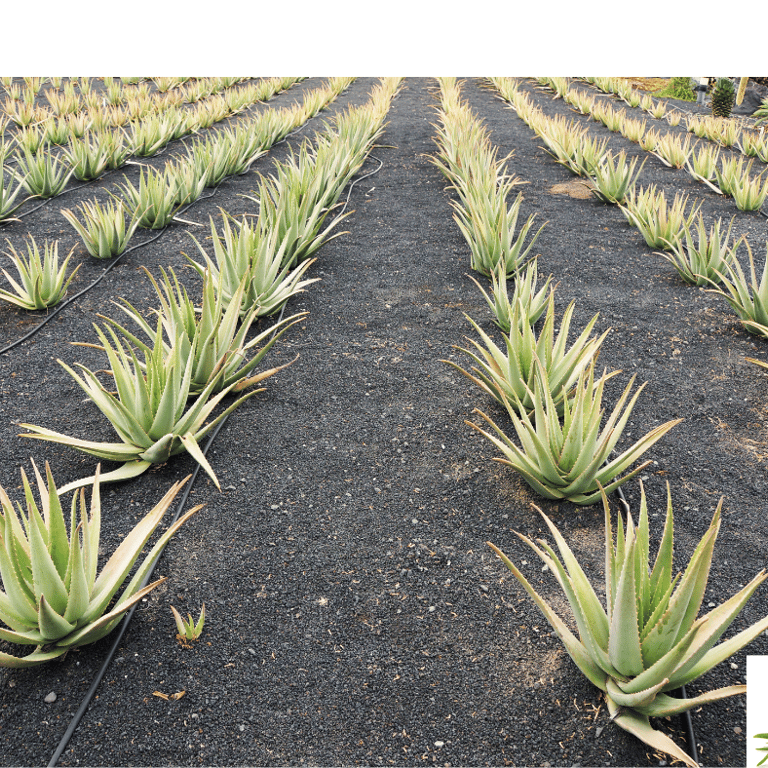
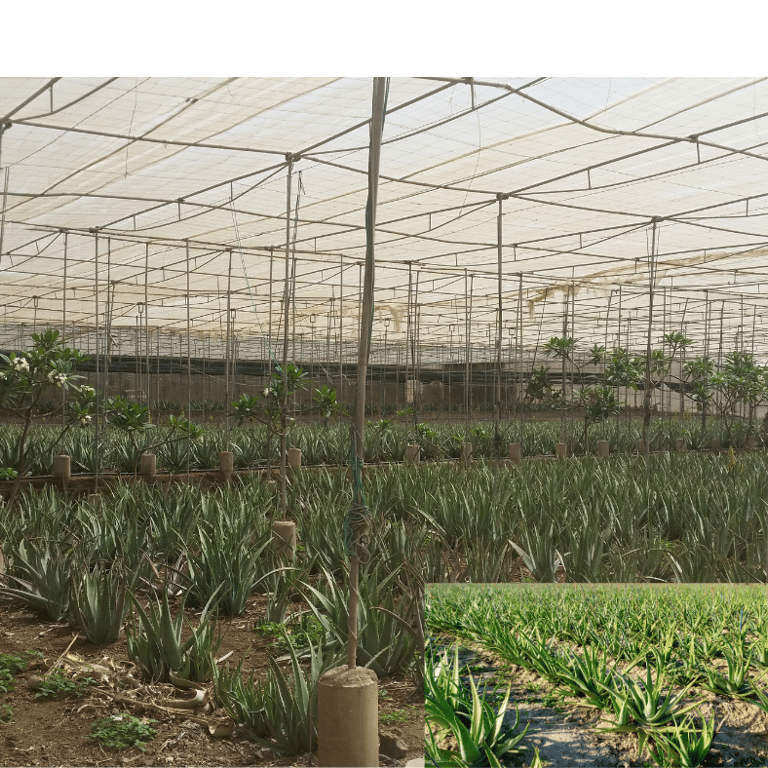
Newsletter
Sign up for our newsletter and get notified about all new posted articles.
ADDRESS
House No. 2-113(P), Visnumurthynagar, Kelarkalabettu, Thenkanidiyuru, Udupi
cONTACT
7975809540
satishmqc362@gmail.com
